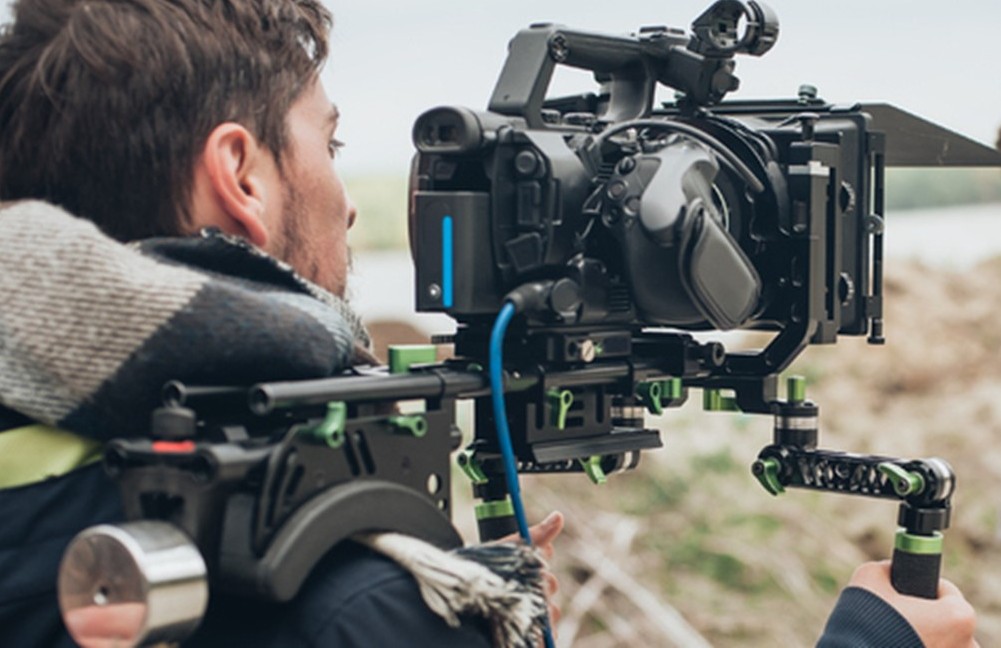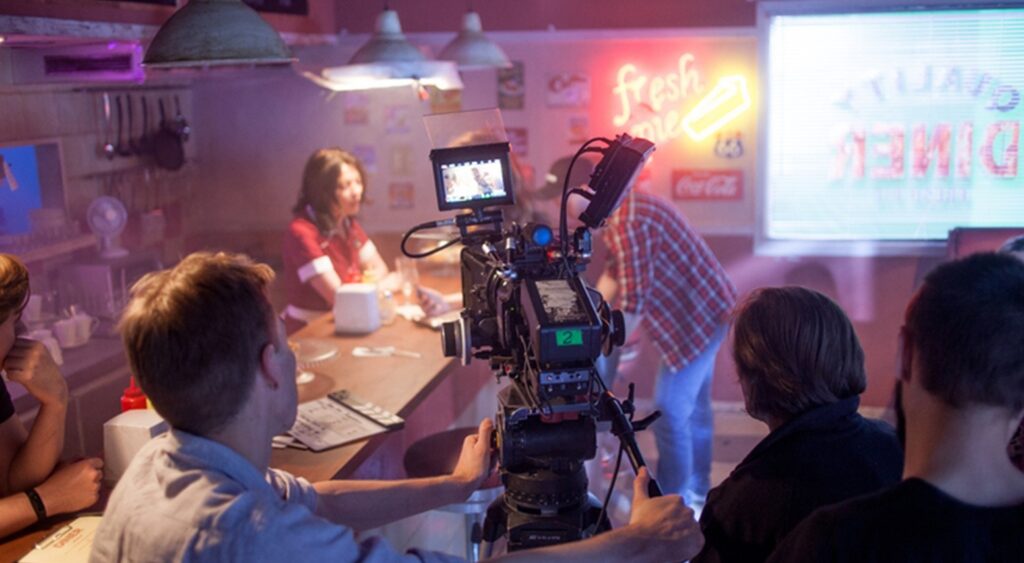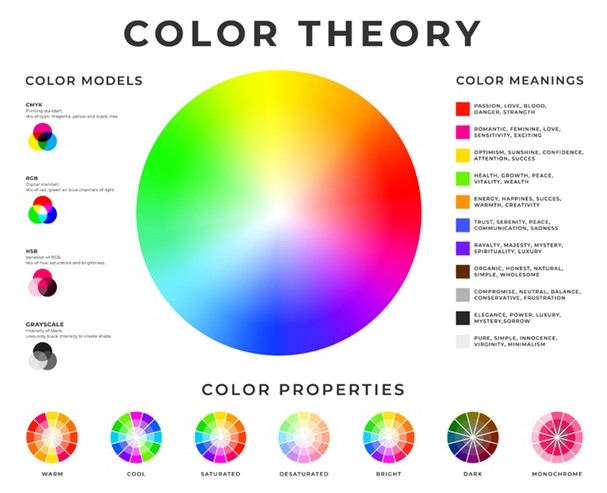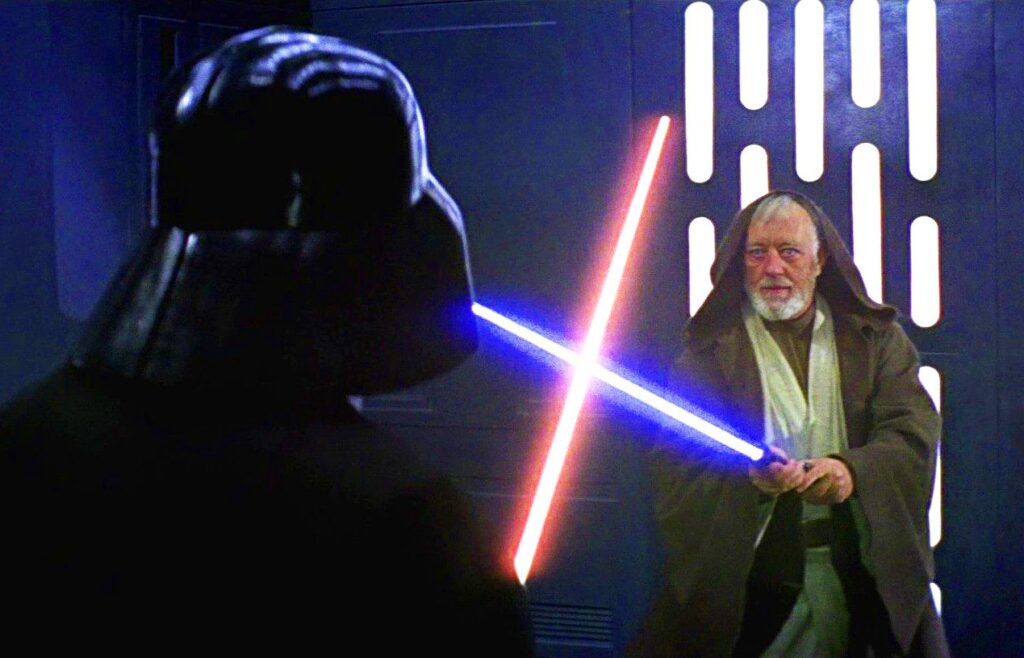
PHOTOGRAPHY Color Film Schemes – How to use color to visually tell a story.
Experts at Tread Productions say cinematography “Film productions” is a powerful medium for entertainment, storytelling, artistic expression and so much more in today’s business world. We know that watching a movie or documentary can also be an emotional and stimulating experience because these types of productions and movies often have the power to influence the way we all think, to deepen our understanding of ourselves and the world around us, to create real emotions and connections with moving captured images on the screen. Additionally, film production is very interesting because it gives cinematographers and basically anyone a unique opportunity to capture precious moments in time to escape our reality and immerse ourselves in different worlds and tell different / unique stories we all have.

The art of cinematography is a visual medium, and use of color is a very powerful tool in a filmmaker’s arsenal. Color sets the mood of a film and is used symbolically to emphasize certain aspects of the plot, to create conflict and tension, or to show a character’s journey and development throughout the film or movie production. Facts are film color theory states that confirm that different colors evoke certain emotions in all viewers. The use of color in today’s film industry is also very important to support the message of the story and the point of view of the creator and producer.
Tread Productions in Manassas, VA has over 30 years’ experience in creating visually captivating films, movies, documentaries, capturing live events, drone panoramas, and much more to convey powerful stories, in helping directors to collaborate with art designers, cinematographers, costume designers and create business marketing productions in every industry today with powerful movies, films, and more by utilizing colors and the art of cinematography to impact our busy lives we all face today to impact an audience emotions.
However, use of color isn’t just how a scene is staged or shot, it’s much more than the backdrop, the choice of costumes, props, and an exhilarating script. Professionals know that stimulating the audience “color-related” emotions, are deep rooted in our color psychology:
RED can create anger, desire, power, love, passion, violence, or even danger;
ORANGE – enthusiasm, energy, warmth; GREEN – youth, perseverance, change, jealousy, recovery;
BLUE – calm, truth, harmony, trust, depression, order, security, peace;
PURPLE – royalty, mystery, arrogance, cruelty, intimacy, change, nostalgia;
PINK – love, romance, happiness, gentle, innocent;
BROWN – home, country, comfort, stability, simplicity.
YELLOW – optimism, hope, sunshine, betrayal, deception, uncertainty, vanity;
Expert Filmmakers use three main types of color schemes or concepts in most productions:

Monochromatic color schemes can be built around shades of one color, such as blue, navy and turquoise. They create harmony and balance that we all can find comfort in. Monochromatic color schemes can also have the opposite effect, depending on how they are used. A good color scheme example is the case on filming The Matrix Trilogy – where the scenes were painted green to enhance the dystopian atmosphere of the Matrix. The green used in the Matrix Trilogy is also a reference to the computer monitors used in the early days. Facts are the color palettes used in the Matrix film were symbolically used to depict two different worlds: green symbolizing the Matrix, while blue used to represent the real world.
Similarly, complementary color schemes rely on colors that are opposite each other on the color wheel, such as orange and blue. Warm and cool colors that are very different from each other when combined in other color schemes to create and add tension. Truthfully, color schemes are one of the most important things used in cinematography because they can be used to express conflict: external (plots) or internal (protagonists). In the movie Titanic, the shipwreck takes place at night, in a scene dominated by use of shades dark blue. The ship’s golden lights illuminated it from behind, immediately capturing the viewer’s attention while setting the tone for the night and the tragedy yet to come.
Whereas analogous color schemes are built around using similar colors that lie next to each other on the color wheel, such as red and orange. Unlike complementary color schemes that convey contrast, opposition, tension, other similar color schemes can create harmony and offer a soothing viewing experience. Using similar color schemes is associated with a creating a certain feeling or atmosphere. Such color schemes are often used in movie scenes to indicate character change or development. A good example, in the film “Lost in Translation”, some scenes were composed in a cold chromatic range that expressed the sadness and loneliness of the characters.
Another effective way to use color in films is to match a color or color scheme to a person, place or distinct theme in the story being told. The use of this scheme can become symbolic. An example is orange (expressed by an orange fruit itself) in “The Godfather”, which in turn becomes a symbol of violence and death. In the iconic scene from the film, the actor Vito Corleone buys some oranges moments before he is attacked and when he was shot, the fruit fell on the pavement. The Godfather’s overall color palette included amber, orange, mahogany, and earthy tones that provided a sense of warmth to attract the audience attention to make them feel part of the family.
In Star Wars movies – lightsaber colors: green for Jedi like Yoda and Luke Skywalker and red for Sith and dark Jedi like Darth Vader, Darth Maul and Kylo Ren. Red is strongly associated with the dark side of the Star Wars universe. There are many more examples of famous color associations in movies and use of color palettes that are used in movies and film productions.

Can you think of color schemes that you particularly like using in your productions? If so, Why? Tread Productions hopes you enjoyed this post and or learned a few new tips on film and video.

